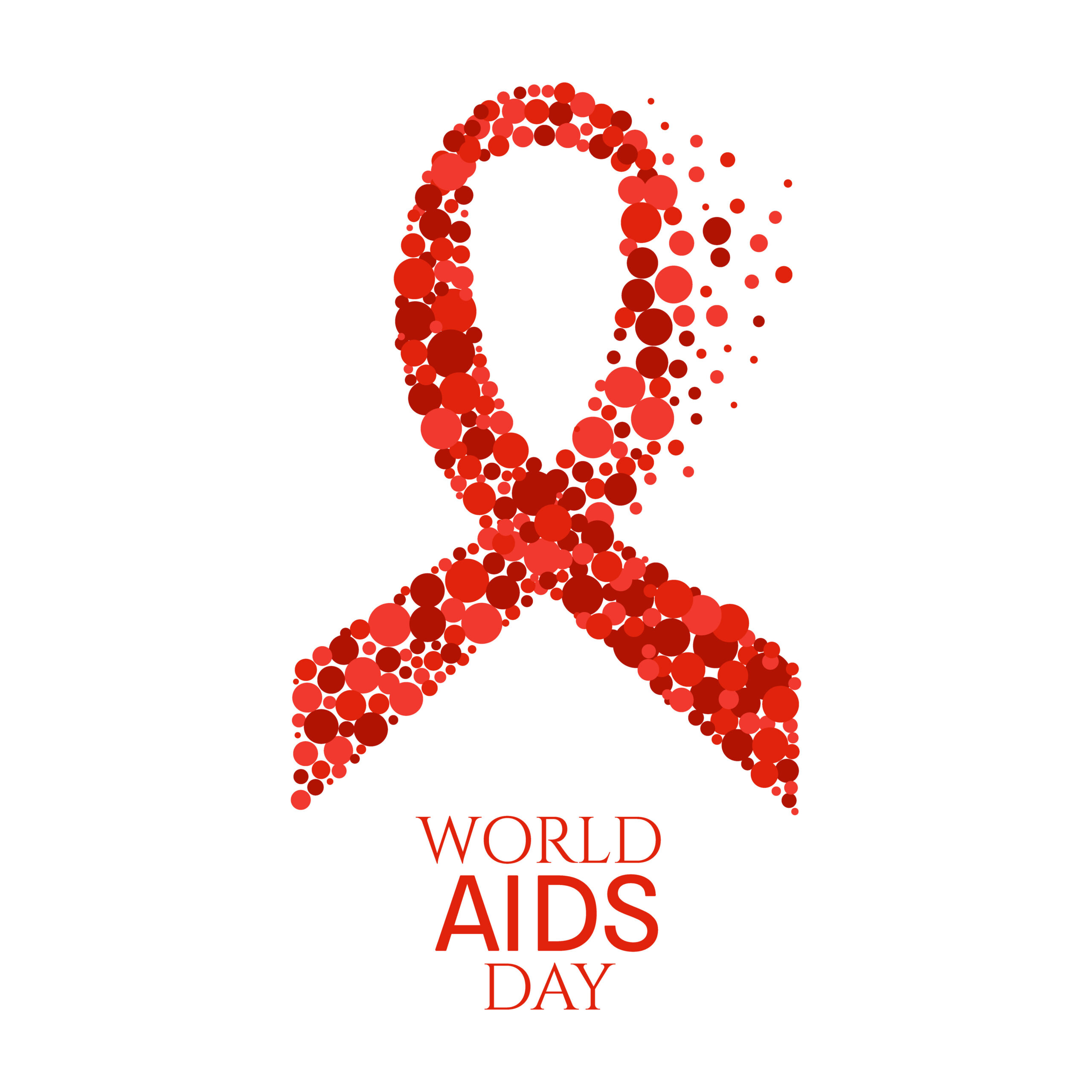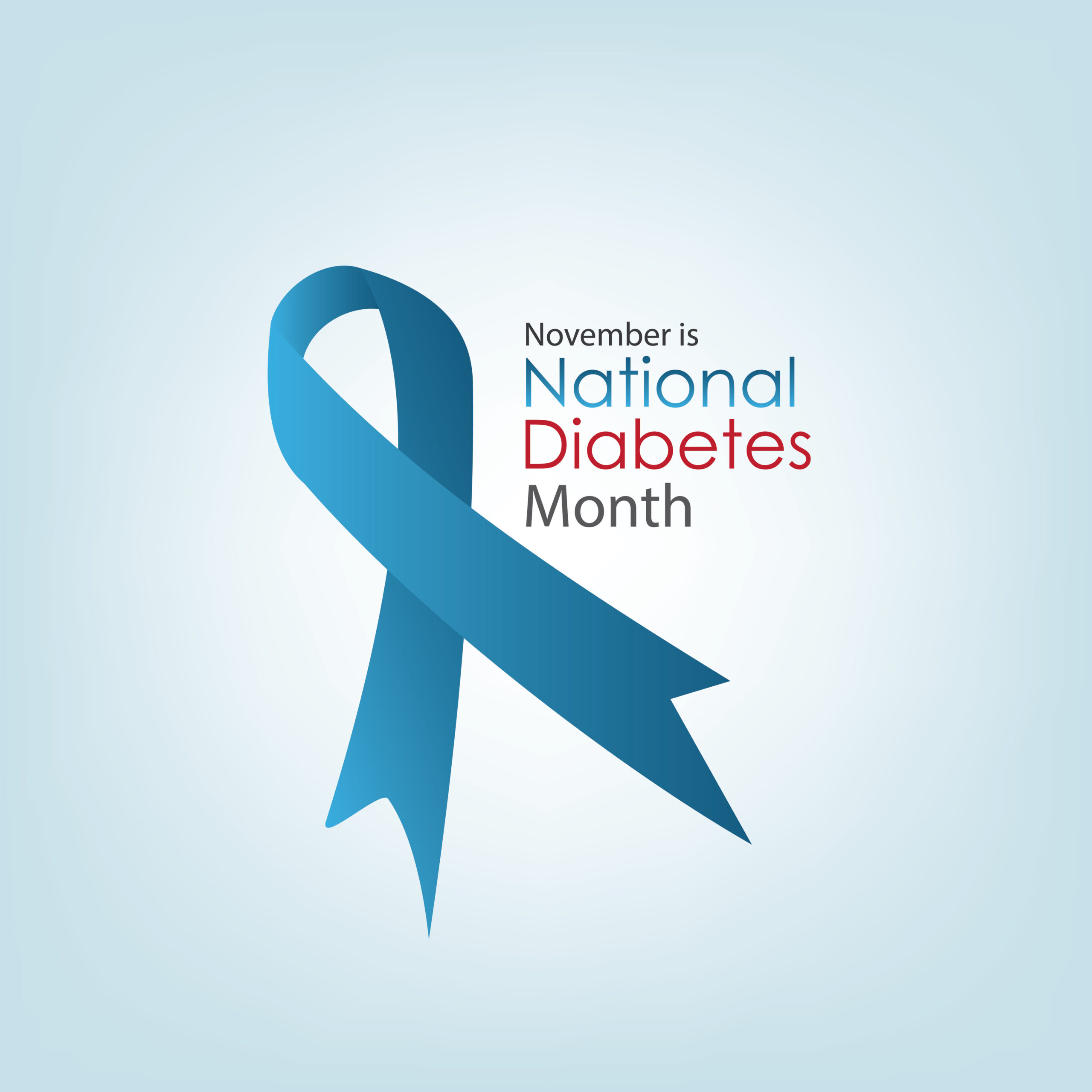
Minority Mental Health Awareness Month: Promoting Holistic Well-Being One Step at a Time
Patients come from all walks of life with unique identities, backgrounds and stories to tell. Lived experiences — in addition to biological factors and family history — can shape one’s physical, social, emotional and mental well-being. While it may be easy to diagnose a patient’s broken arm, it may be much more difficult to identify mental health concerns or challenges, especially among patients deriving from different backgrounds than your own.
Mental health is a key piece of overall, holistic well-being, so it deserves to be prioritized and fostered. While the walks of life may vary, your journey as a practitioner, support system and mental health advocate can begin with two steps: broadening your perspective and taking inclusive action.
Step 1: Broaden Your Perspective
July is observed as National Minority Mental Health Awareness Month, an important time to highlight the unique challenges ethnic and racial minority communities often face with mental illness. The U.S. Department of Health & Human Services (HHS) Office of Minority Health (OMH) shares, “Racial and ethnic minorities often suffer from poor mental health outcomes due to the cultural stigma and lack of access to mental health care services.”
On their website, the OMH reports statistics of mental health disparities among African Americans, American Indians/Alaska Natives, Asian Americans, Hispanics/Latinos, and Pacific Islanders/Native Hawaiians — each with trends and challenges of their own. Like physical health, mental health is impacted based on one’s minority status and by the intersectionality of multiple minority statuses. For example, the American Psychiatric Association reports that women are more likely to receive mental health services than men among all racial/ethnic groups besides American Indian/Alaska Native, but consider these men and women who are also among the LGBTQ+ community and, thus, varying experiences and impacts.
The OMH also shares APA reporting that identifies barriers of care impacting access to mental health treatment for diverse ethnic and racial groups, including:
- Lack of insurance or underinsurance
- Mental illness stigma, often greater among minority populations
- Lack of diversity among mental health care providers
- Lack of culturally competent providers
- Language barriers
- Distrust in the health care system
- Inadequate support for mental health service in safety net settings (i.e. Medicaid)
Although we individually cannot control some of these factors, we can influence positive change that can cause a ripple effect for improved outcomes.
Step 2: Take Inclusive Action
You’ve already taken the first step of building your own awareness, and step two’s action can happen in many forms, including educating others and advocating on behalf of your patients — although you do not have to be a healthcare professional to effectively serve others. MentalHealth.gov recommends the following ways to maintain and encourage positive mental wellbeing:
- Seek professional help
- Connect with others
- Stay positive
- Be physically active
- Help others
- Get enough sleep
- Develop coping skills
To be mindful and inclusive of unique challenges faced by minority groups with regard to mental well-being, the HHS offers resources and publications for minority communities coping with COVID-19, mental health disorders and treatment, substance use, trauma and violence.
Our identity at Dina Proto International is evolving into Equality Healthcare Consulting Group, expanding our services to help foster inclusive equality health for ALL those facing disparities. Diversity comes in many forms, and we are committed to learning and growing with our patients, and guiding our partner organizations to do the same.
In clinical settings and our personal lives, we can promote inclusion and improved, positive mental well-being through awareness and action — one step at a time.
Sources
American Psychiatric Association. (2017, Dec. 19). Fact Sheet – Mental Health Disparities: Diverse Populations. Retrieved from https://www.psychiatry.org/File%20Library/Psychiatrists/Cultural-Competency/Mental-Health-Disparities/Mental-Health-Facts-for-Diverse-Populations.pdf
American Psychiatric Association. (2022). Mental Health Disparities: Diverse Populations. Retrieved from https://www.psychiatry.org/psychiatrists/cultural-competency/education/mental-health-facts .
MentalHealth.Gov. (2022, Feb. 28). What is Mental Health? Retrieved from https://www.mentalhealth.gov/basics/what-is-mental-health
U.S. Department of Health & Human Services. (n.d.). National Minority Mental Health Awareness Month. Retrieved from https://minorityhealth.hhs.gov/minority-mental-health/ .
U.S. Department of Health & Human Services. (n.d.). Resources and Publications. Retrieved from https://minorityhealth.hhs.gov/minority-mental-health/resources/



